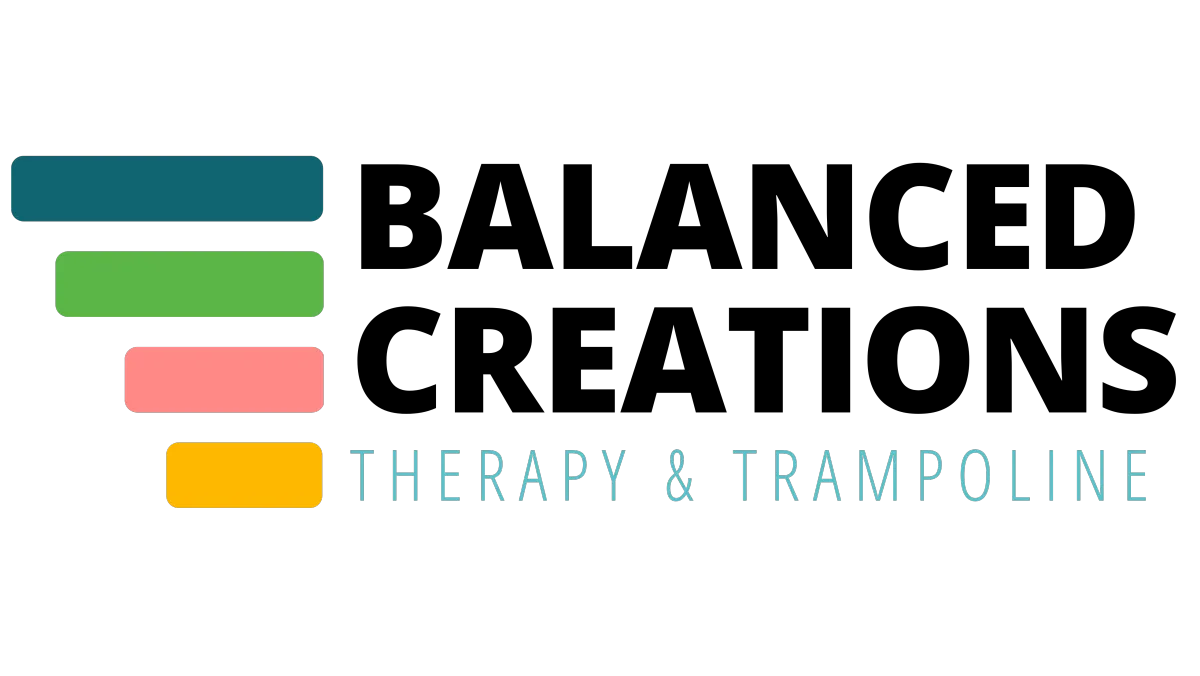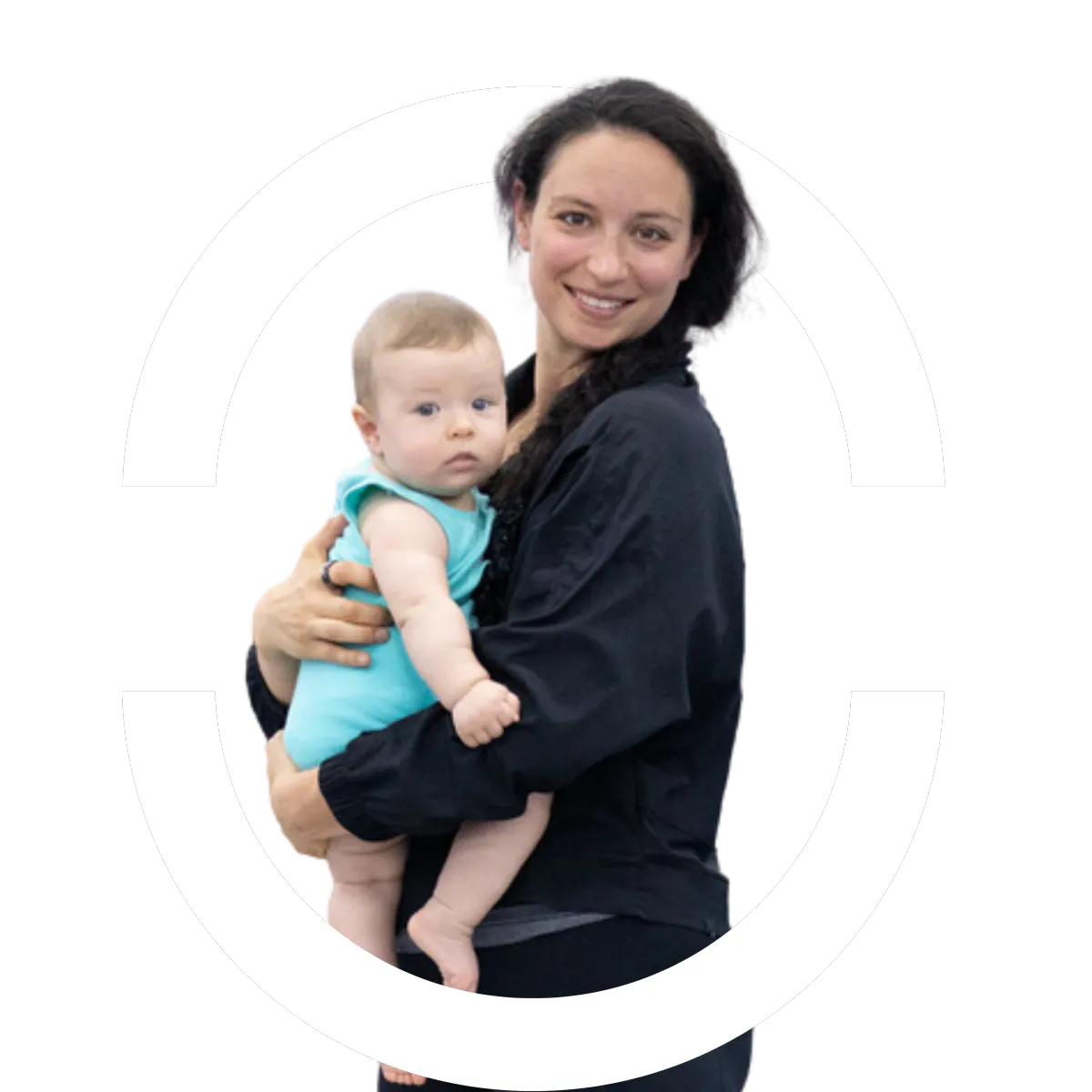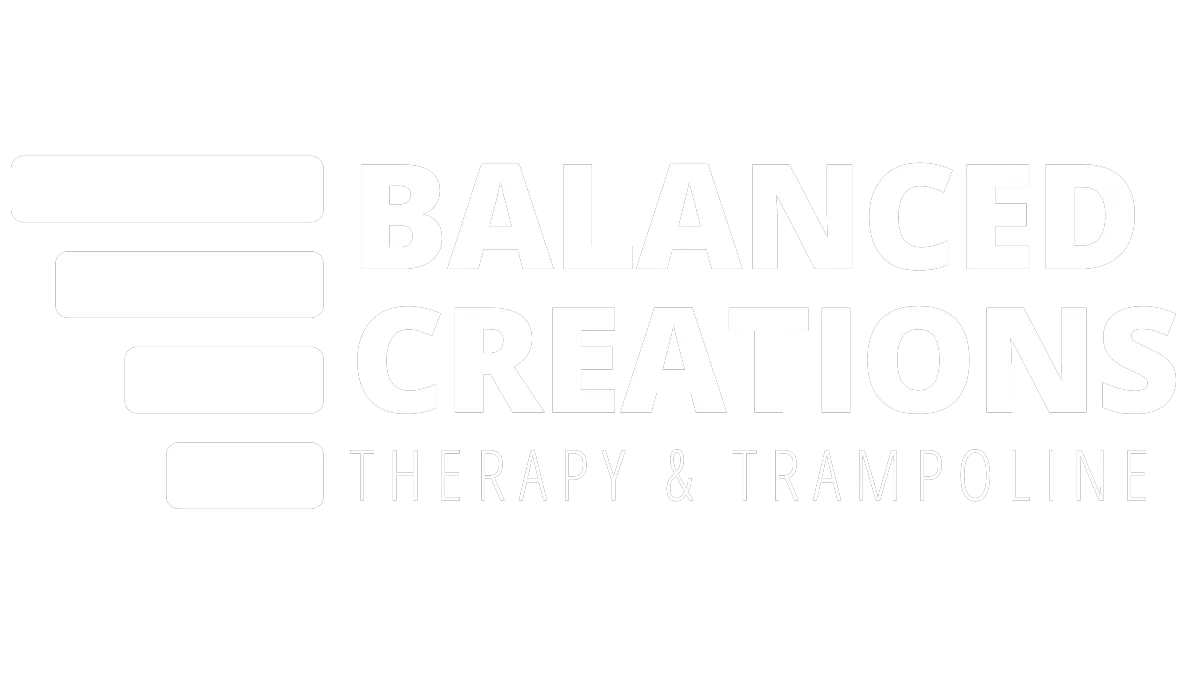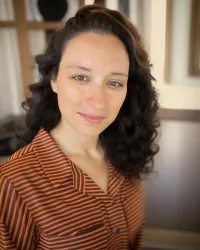JUMP > PLAY > THRIVE.
Building Strength and Independence through Pediatric Therapy in Fort Worth, Texas
Balanced Creations offers pediatric physical therapy, developmental movement education, and adaptive gymnastics in Fort Worth, Aledo, and Parker County. Our play-based, child-led, and neurodiversity-affirming approaches help children in the DFW area build confidence and skills that last a lifetime.


Play-based


Child-led


Neurodiversity-affirming


Therapeutic Trampoline
We create spaces and environments where every child's communication is heard and valued.
We are not just a therapy provider.
Through play-based, child-led, and neurodiversity-affirming practices, including therapeutic trampolining and adaptive gymnastics in the Fort Worth area, we're redefining wellness by helping children achieve meaningful growth through movement and play.
What got me started..
I started treating in a gymnastics environment after noticing a gap in the system—clients were graduating from physical therapy and unable to find ongoing recreational sports to maintain and grow the skills and confidence they had built. Determined to bridge that gap, I founded Balanced Creations Therapy & Trampoline to provide holistic, inclusive care beyond traditional therapy. Since then, I’ve witnessed children not only retain their skills but thrive in ways families never imagined possible, building confidence, independence, and joy through movement and play.
Building Balanced Brains Everyday
Pediatric Physical Therapy Services
Developmental pediatric physical therapy focuses on addressing the unique needs of infants, children, and adolescents who experience delays or challenges in their motor skills and functional movement development. Our physical therapy services are designed to optimize movement patterns, motor skills, and overall physical function, supporting each child’s growth and development in the Fort Worth and surrounding area.
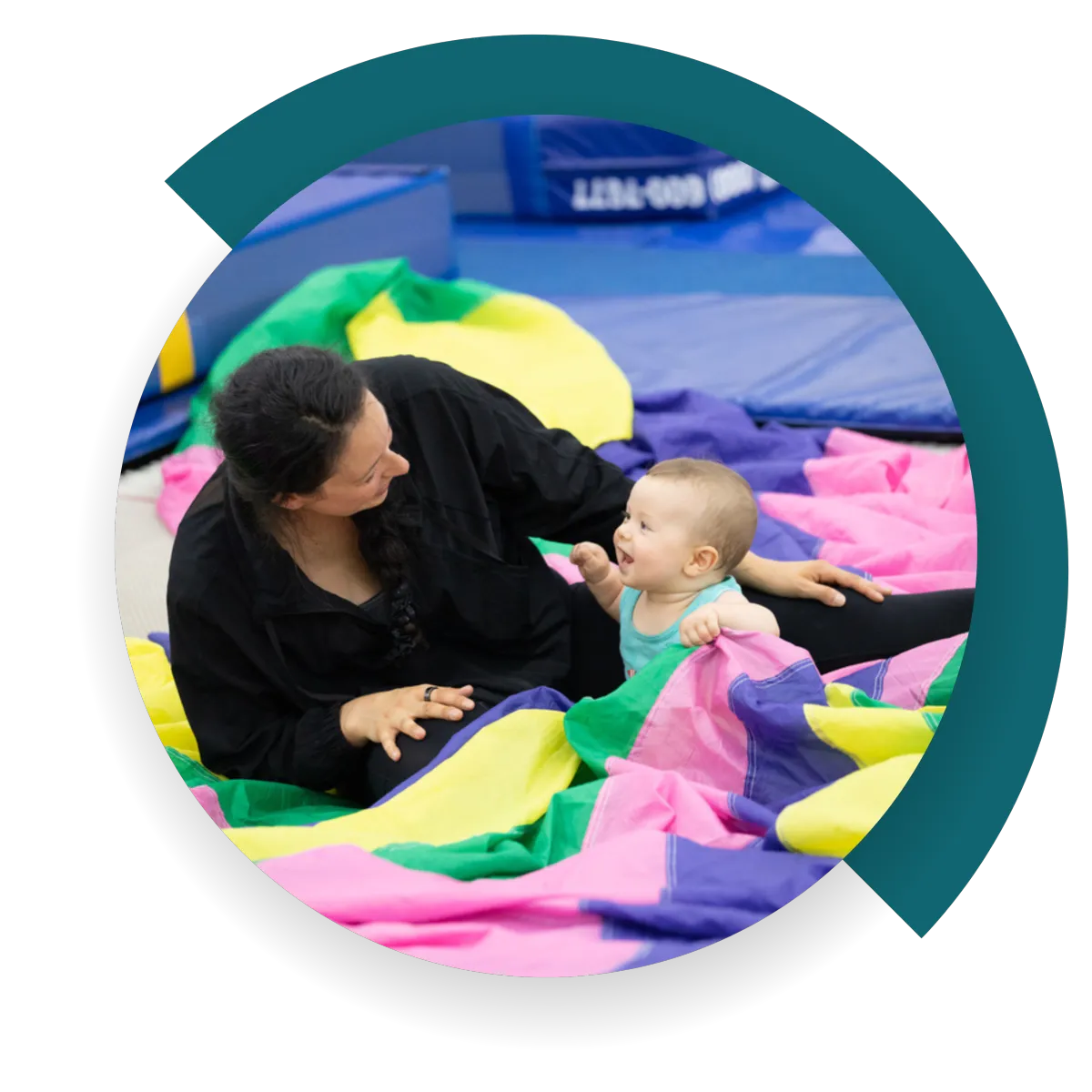
Smiling Upside Down
Adaptive Gymnastics
Adaptive gymnastics involves modifying traditional gymnastics skills, progressions, and equipment to accommodate individuals with physical and cognitive disabilities, as well as neurodivergent children and adults. Our approach ensures full participation in gymnastics activities, fostering inclusivity and skill development for all abilities in Fort Worth and surrounding areas.
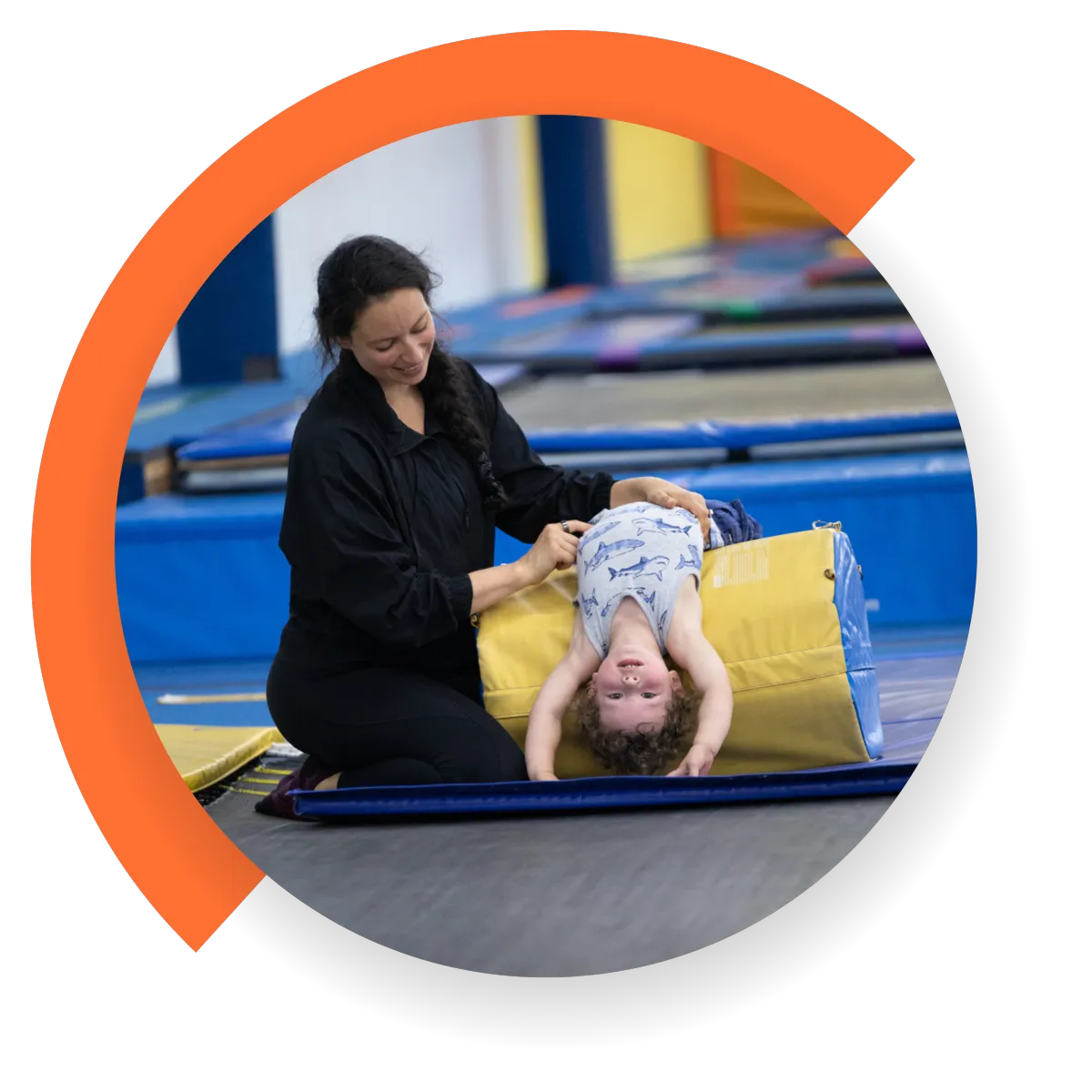
Service Locations
Offering pediatric therapy and adaptive gymnastics in West Fort Worth, Texas. We focus on play-based, child-led, and neurodiversity-affirming care to help every child thrive.
In-Home Service Areas in the North Texas Area Include: Aledo, Annetta, Weatherford, Willow Park, Hudson Oaks, White Settlement
(Please contact us to see if you live within our drive radius)
Pediatric Physical Therapy and Adaptive Gymnastics Classes
Ready to start your child’s wellness journey?
Book your free consultation!
Contact us today to learn more about our pediatric therapy services and adaptive gymnastics classes!
Resources for Parents and Clinicians
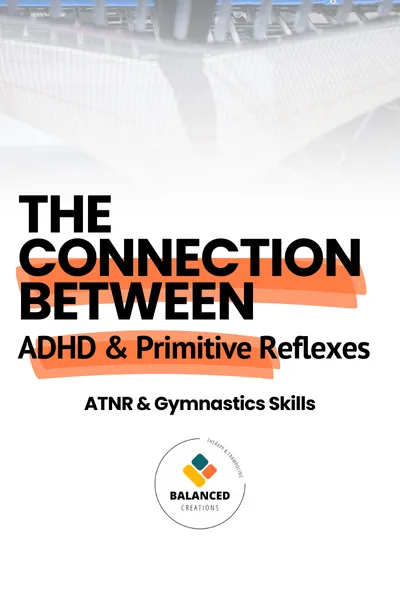
ADHD and Primitive Reflexes: How Trampoline and Gymnastics Help Integration
ADHD and Primitive Reflexes: How Trampoline & Gymnastics Help with ATNR Integration
Learn how ADHD is linked to retained primitive reflexes and how trampoline and gymnastics can help integrate ATNR for improved development.
Introduction: Primitive reflexes are vital for early childhood development, helping lay the foundation for motor skills and cognitive abilities. However, when these reflexes aren’t fully integrated, they can lead to challenges like ADHD. In this post, we’ll explore how primitive reflexes like ATNR and STNR are connected to ADHD and how trampoline therapy and gymnastics support their integration, enhancing your child’s development.
Summary of the Study: A systematic review titled Attention Deficit Hyperactivity Disorder is Associated with Asymmetric Tonic Neck Reflexes examined the link between ADHD and primitive reflexes, specifically ATNR and STNR. Findings revealed a moderate correlation between ADHD and these non-integrated reflexes, suggesting that addressing them could play a key role in managing ADHD symptoms.
Key Findings:
Moderate correlation found between ADHD and ATNR (r = 0.48) and STNR (r = 0.39).
Behavioral assessments, sex, and reflex tests influenced the strength of these correlations.
The need for more research on the causality between ADHD and primitive reflex non-integration was highlighted. The authors concluded that ADHD symptoms are closely linked to the non-integration of ATNR and STNR, suggesting a need for further research to explore the causality of this relationship.
How Trampoline & Gymnastics Help with Reflex Integration: At Balanced Creations Therapy & Trampoline, we use specific trampoline and gymnastics activities designed to address retained primitive reflexes like ATNR, promoting coordination and cognitive function.
How Trampoline Therapy Supports Reflex Integration:
ATNR Integration: ATNR can persist if not properly integrated by age six, affecting physical and cognitive development. Trampoline activities like cross-body movements and eye tracking help diminish ATNR by encouraging integrated movements. Activities include running on the spot, single-leg balance, and jumping turns.
How Gymnastics Supports Reflex Integration:
Gymnastics Activities: Specific gymnastics exercises help with ATNR integration, including crawling under mats, balance beam work, log rolling, cartwheels, and opposition-based movements like leg kicks and marching. These movements engage both sides of the body, improving coordination, balance, and reflex integration.
Signs Your Child May Have Retained ATNR:
Gross Motor Challenges: Difficulty crawling, imbalance, clumsiness, and poor sports performance.
Fine Motor Challenges: Struggles with eye-hand coordination, handwriting, and speech production.
Visual & Auditory Challenges: Difficulty with vision, visual-motor tasks, and processing auditory information.
Attention & Concentration: Poor focus, difficulty concentrating, and speech-language delays.
Next Steps:
If you notice any of these challenges in your child, don’t wait. Reach out to us today for a free 15-minute consultation or your initial session.
Research Article Link: Read the full study here
Ready to help your child thrive? Contact us today to schedule a consultation for pediatric physical therapy in Fort Worth, Texas.

Confident Child

Coming Soon.
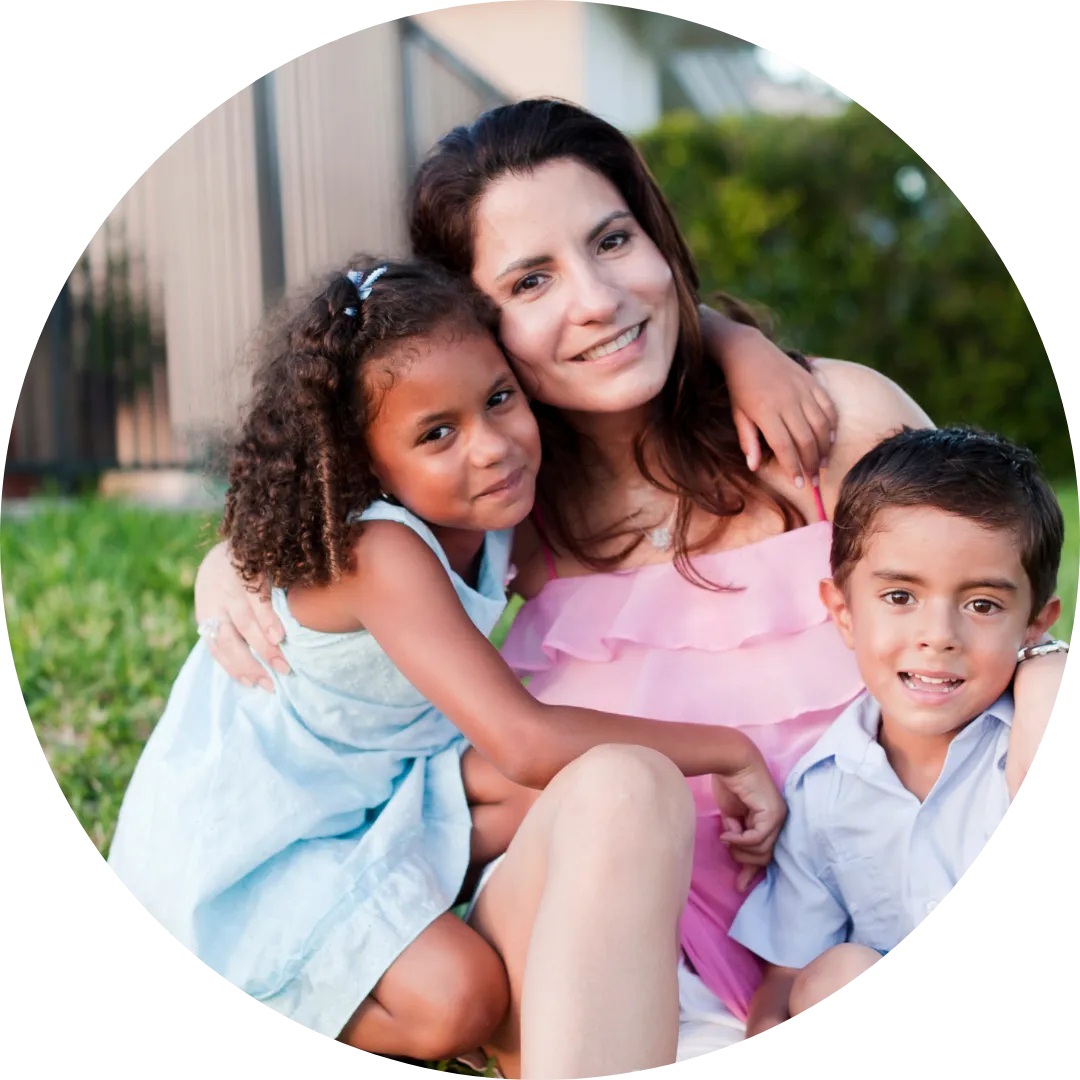
Supported Mother

Coming Soon.
Hear From Our Clients
We support the whole child.
We try to take a holistic approach to physical therapy and support the whole child and their family to meet them where they are at along their life journey.
